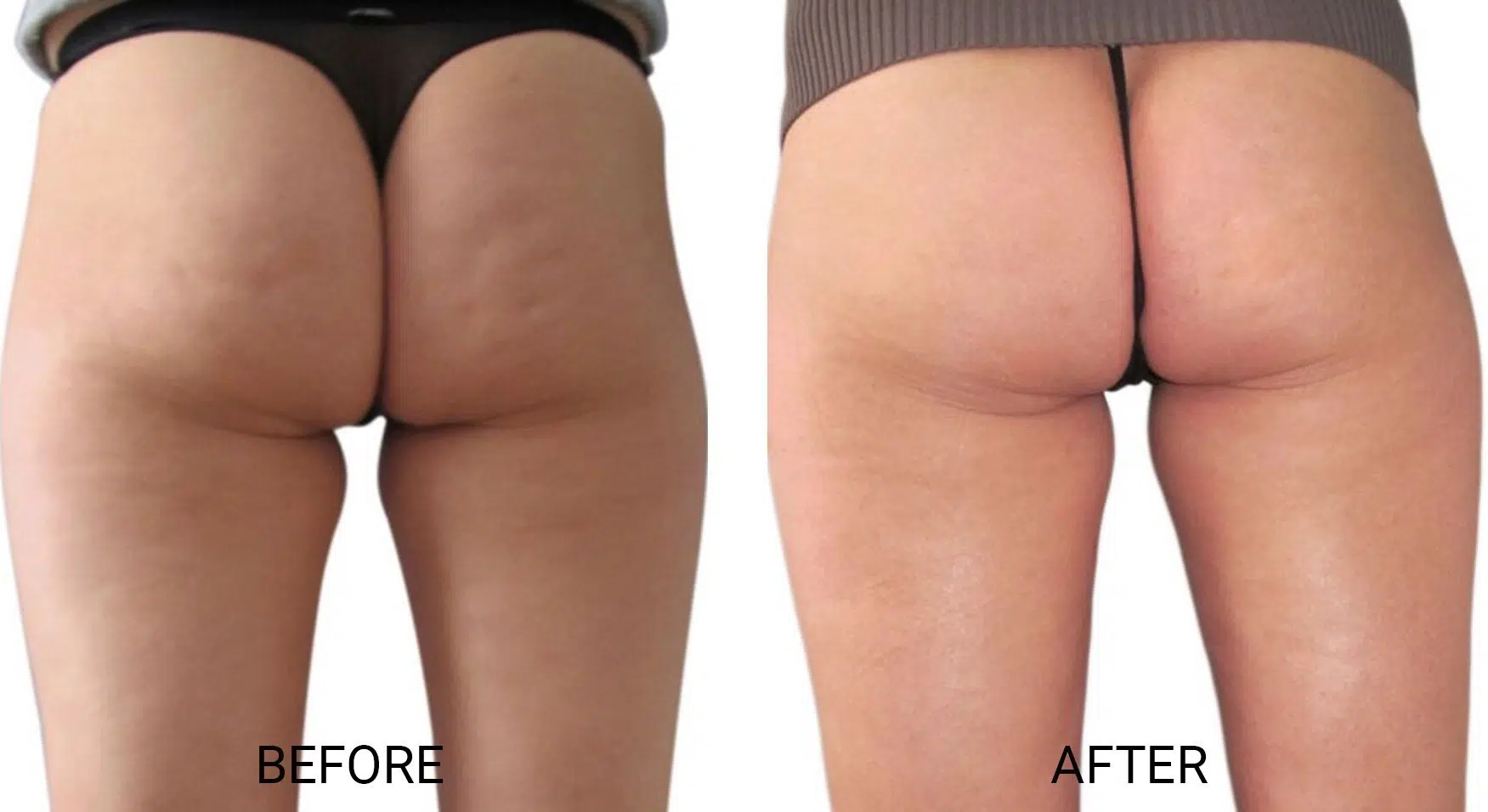
Gluteal skin doesn’t loosen suddenly. Some patients describe the first changes as skin folding when sitting or bending forward. The texture thins. Firmness fades. The curve softens even without weight loss. These aren’t always dramatic shifts. But over time, the area looks deflated. Elasticity weakens silently. It becomes more visible in fitted clothes or swimwear. Some seek options long before sagging turns severe.
Skin quality around the buttocks responds to age, hormones, and lifestyle
Multiple factors work together. Skin quality around the buttocks responds to age, hormones, and lifestyle. Collagen production drops gradually. Sun exposure breaks down structure. Weight fluctuation stretches tissue. Exercise helps—but only up to a point. Genetics play a role. What holds at 30 may shift by 45. This process doesn’t always match overall fitness. The glutes can be strong but covered by loose skin.
Non-surgical methods aim to stimulate collagen using energy or heat
Tightening doesn’t always need cuts. Non-surgical methods aim to stimulate collagen using energy or heat. These include radiofrequency, ultrasound, or laser-based treatments. The goal is internal—not surface change. Heat reaches the dermis. Collagen fibers shrink and rebuild. Sessions are short. Downtime is minimal. Most patients return to work the same day. But results build slowly—weeks or even months later.
Radiofrequency treatments send heat through skin without harming the outer surface
Heat works without visible damage. Radiofrequency treatments send heat through skin without harming the outer surface. Devices move over the area in smooth motions. The heat feels warm—not painful. Sessions may last 30–60 minutes. Most patients need multiple visits. The goal is firmness—not volume. Skin texture improves. Dimples reduce slightly. This works best in early laxity—not severe sagging.
Ultrasound devices target deeper layers to trigger collagen remodeling more precisely
Depth defines strategy. Ultrasound devices target deeper layers to trigger collagen remodeling more precisely. Unlike surface treatments, this method focuses under the skin. Heat is focused. No needles are used. The sensation feels like tingling or warmth. Bruising is rare. Redness fades in hours. Suitable for those avoiding surgery. Long-term skin tone improves. Some combine ultrasound with other treatments for layered effect.
Microneedling with radiofrequency can improve crepey texture over multiple sessions
Texture responds to stimulation. Microneedling with radiofrequency can improve crepey texture over multiple sessions. Tiny needles enter skin. Heat follows. This dual action creates controlled injury. Healing builds new collagen. Results vary by age and depth of damage. Most patients see changes after three treatments. Redness lasts a day or two. Home care includes hydration and sun protection. Skin becomes smoother gradually.
Surgical lifts remove excess skin but require recovery and visible scarring
Sometimes cutting is required. Surgical lifts remove excess skin but require recovery and visible scarring. This procedure suits major sagging—often after weight loss. Surgeons cut along the upper gluteal line. Skin is pulled upward. Excess is removed. The shape becomes tighter. The scar hides under underwear or swimsuits. Healing takes weeks. Sitting may feel tight at first. But results are immediate and long-lasting.
Skin tightening suits those with firmness loss but not significant fat or muscle depletion
Candidate selection matters. Skin tightening suits those with firmness loss but not significant fat or muscle depletion. If structure remains strong, the skin responds better. Overfilled tissue won’t tighten cleanly. Underfilled glutes need volume before tightening. Sometimes a combination of filler or fat grafting helps. Timing matters. What works early may not later. Assessment guides every step.
Results vary based on age, hydration, sun history, and skin type
Not all skin behaves the same. Results vary based on age, hydration, sun history, and skin type. Dry skin resists change. Tanned skin shows less contrast. Lighter skin shows redness longer. Younger patients respond faster. Smokers see slower recovery. No device overcomes biology. Maintenance treatments support results. Lifestyle keeps progress intact. Skipping sunscreen reverses gains silently.
Most skin tightening techniques offer subtle lift—not dramatic reshaping
Expectation drives satisfaction. Most skin tightening techniques offer subtle lift—not dramatic reshaping. These are not volume-building tools. They refine texture and tone. The curve becomes smoother. Shadows shift. Clothes fit differently. But shape doesn’t change significantly. When expectations align, outcomes feel satisfying. When they don’t, disappointment follows. Clarity brings confidence before procedures begin.
